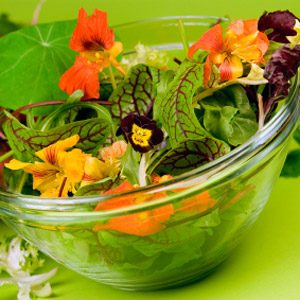
1. Nasturtium
They’re easy to grow and the flowers’ vivid reds, yellows, oranges and maroons are a bold contrast to salad greens. The petals have a strong, peppery flavour, so use sparingly.
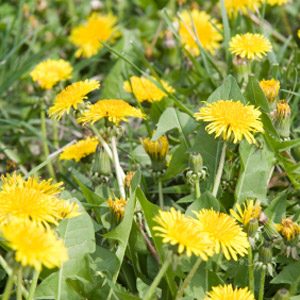
2. Dandelion
The roots, leaves and buds have been used in traditional Chinese medicine for centuries. The leaves are a good source of vitamins A, C and K, calcium and potassium; and the flowers are a natural source of luteolin, an important flavonoid.
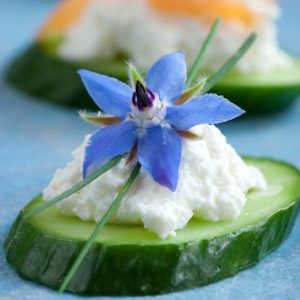
3. Borage
A delicate cucumberlike taste makes this pretty star-shaped flower an obvious choice for salads. Sometimes used in alternative medicine as an anti-inflammatory, it is one of nature’s few blue-coloured edibles.
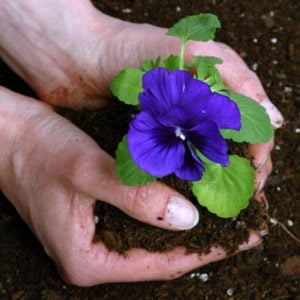
4. Viola
These dainty flowers can be used to decorate salads, but don’t be afraid to eat the odd one or two. The flowers, leaves and roots of viola species are rich in vitamins A and C and also contain the antioxidant anthocyanin.
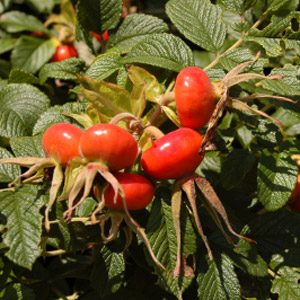
5. Roses
Generally, the flowers of the older varieties, such as rugosa roses, have the most flavour-a distinctive perfumed taste. Pick off the petals and remove the bitter whitish base before adding to salads or jelly.
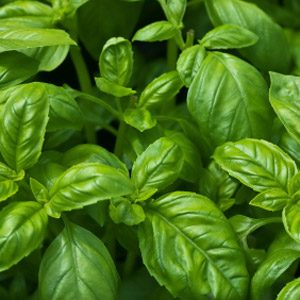
6. Basil
This kitchen herb produces tiny white flowers that you’ll need to snip immediately to stop the plant from setting seed. But don’t toss the blossoms-they can be added to salads.
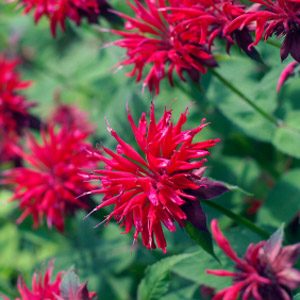
7. Bee balm
The odd-shaped white, pink, red or purple flowers add colour and interest to dishes. Their citrusy, minty flavour makes them nice salad garnishes.